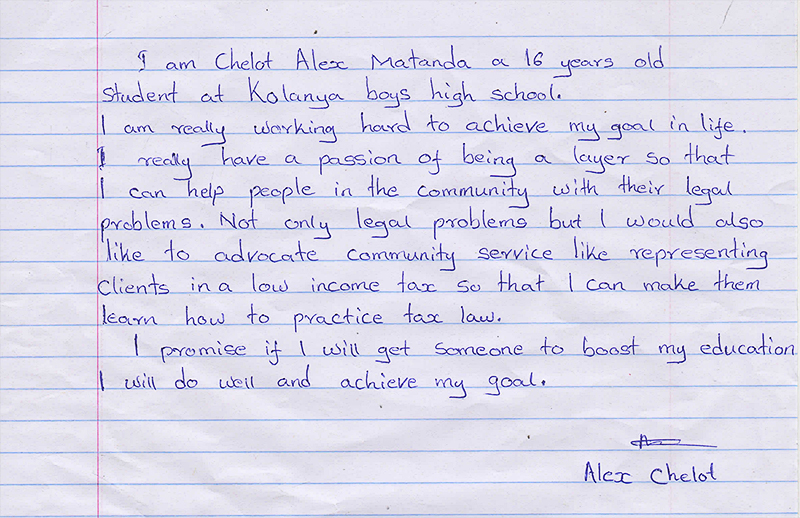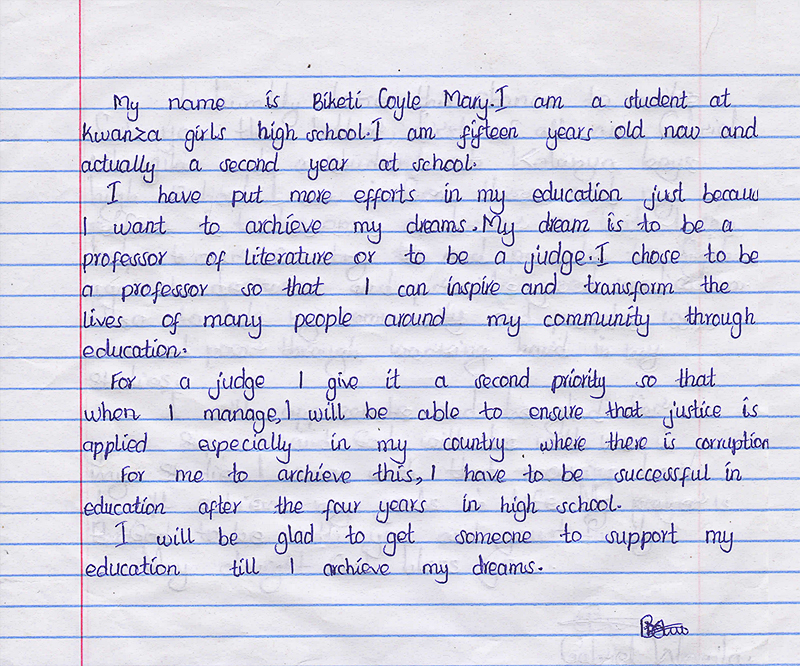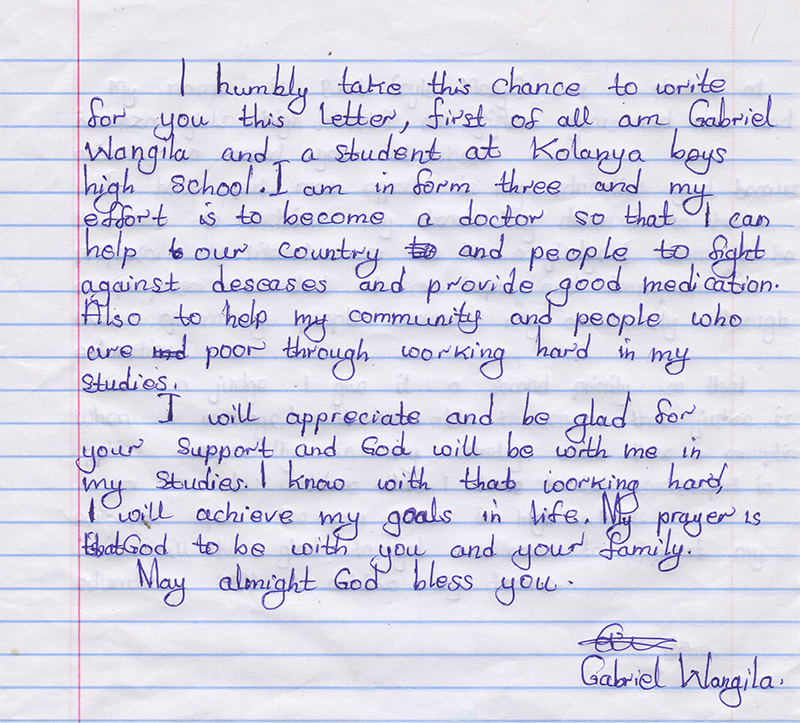girls
Girls. I have spent a lot of time thinking about what that word means. It depends on where you are born, country, city, and family.
In this era of 7 billion people where almost everyone is on Facebook and Twitter, and text messages fly around the world, there are divergent roads – one where women are commodities, used, traded, and valued for their physical attributes and one where women are heads of state, CEOs, tech pioneers, and space explorers.
The age of marriage in Burkina Faso is technically 17. Very few make it to the “old age” of 17 or graduating high school. In fact the northernmost region Sahel has the highest occurrence of child marriages. Among Burkina Faso’s 13 regions the Sahel has the highest maternal mortality rate with 840 deaths per 100,000 live births, versus the national average of 700 (2006 data), according to UNFPA.
It is easy to see that the earlier the marriage, the more children born, and thus the less chances of women advancing in business, government, social work, science, or other work. That is, if they make it through the average 8 children they birth.
The good news? The UN, World Bank Pledged $200 Million for Girls in Sahel Region of Africa. This means adding to World Bank’s existing $150 million contribution over the next two years. This is all part of the Millennium Development Goals and emphasized maternal, child health, and the importance of all-inclusive access to contraception.
Girls. They are not victims but they are vulnerable. For the next two months we will be drawing from stories from rural regions around the world. The stories of girls about their health, their access to healthcare, reproductive rights, and how this is about humans, not just girls.





